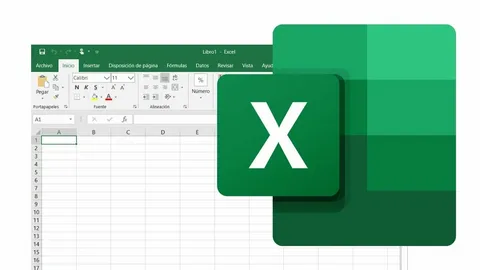Reporting is painful without the right tools. Dashboards have revolutionized the way businesses unlock insights, track performance, and make data-driven decisions. By consolidating critical metrics into a single visual interface, dashboards empower organizations to stay agile and focused in a rapidly changing environment.
Gone are the days of static spreadsheets and outdated reports. Modern dashboards provide real-time, interactive views of performance metrics, enabling teams to identify trends, measure progress, and make informed decisions with ease.
In this guide, we’ll explore everything you need to know about dashboard reporting, including its advantages over static reporting, the 4 essential types of dashboards for businesses, and 8 key principles for creating impactful dashboards.
What is Dashboard Reporting?
Dashboard reporting refers to the use of specialized tools, known as dashboards, to analyze and present data visually. These reports provide real-time insights into the performance of various metrics, such as ad performance, marketing channel results, or sales figures.
By consolidating key performance indicators (KPIs) into one centralized view, dashboards enable teams to make informed decisions and monitor trends effectively.
The Purpose of a Dashboard
Dashboards are designed to give you a clear, organized look at the critical metrics for your business. They help you:
- Make Data-Driven Decisions: By offering insights into performance metrics, dashboards help you identify what’s working and what needs improvement.
- Identify Trends: Spot emerging patterns and address potential issues before they escalate.
- Track Progress: Continuously monitor performance in real-time to stay aligned with goals.
Dashboard Reporting vs. Static Reporting
What differentiates dashboard reporting from static reporting? While the end goal—understanding your data—is the same, the approaches are vastly different:
Dashboard Reporting:
- Interactive: Customize views, apply filters, and explore data in real-time.
- Dynamic: Automatically updates with the latest data for continuous insights.
- Visual: Provides intuitive charts, graphs, and other visuals to make data digestible.
Static Reporting:
- Snapshot: Offers a fixed view of data at a specific point in time.
- Manual: Requires frequent updates to remain relevant.
- Limited: Lacks interactivity and customization options.
Think of dashboard reporting as your live, interactive command center, while static reporting is more like a printed report that quickly becomes outdated.
The 4 Essential Dashboards for Businesses
While you have the flexibility to determine which areas of your business would benefit most from dashboards, four key areas consistently stand out as having the greatest need. Focus on these critical dashboards first, and then gradually expand to other areas as your needs evolve.
- Marketing Dashboard
- Purpose: Tracks campaign performance, audience engagement, and ROI.
- Key Metrics: Click-Through Rate (CTR), Cost Per Lead (CPL), Conversion Rate.
- Examples: Line charts for campaign trends, bar charts for ad performance comparisons.
- Sales Dashboard
- Purpose: Monitors revenue, lead conversions, and pipeline health.
- Key Metrics: Total Revenue, Sales Growth Rate, Average Deal Size.
- Examples: Funnel charts for lead progression, pie charts for regional sales contributions.
- Financial Dashboard
- Purpose: Tracks the organization’s financial health and cash flow.
- Key Metrics: Profit Margin, Expense Breakdown, Cash Flow.
- Example Visualization: Waterfall charts for income vs. expenses, doughnut charts for budget allocation.
- Customer Support Dashboard
- Purpose: Analyzes service efficiency and customer satisfaction.
- Key Metrics: Net Promoter Score (NPS), Average Response Time, Ticket Resolution Rate.
- Examples: Gauges for NPS, stacked bar charts for ticket resolution time.
8 Rules for Creating Effective Dashboards
- Know Your Audience: Tailor dashboards to the specific needs of your users.
- Focus on Key Metrics: Avoid clutter by prioritizing the most critical KPIs.
- Use Clear Visuals: Choose charts and graphs that effectively communicate the data.
- Ensure Real-Time Updates: Automate data refreshes to provide the latest insights.
- Optimize for Accessibility: Design dashboards that are easy to navigate for all stakeholders.
- Test for Accuracy: Regularly verify that the data being displayed is correct.
- Incorporate Filters: Allow users to drill down into the details they need.
- Maintain Consistency: Use consistent formats, colors, and labeling to enhance readability.
Conclusion
Dashboard reporting is an essential tool for modern businesses. By offering real-time insights, interactivity, and customization, dashboards empower teams to make data-driven decisions with confidence. Whether you’re tracking marketing performance, sales trends, or financial health, dashboards transform raw data into actionable insights.
Investing in the right dashboard tools and following best practices for design ensures that your organization stays ahead in today’s fast-paced, data-driven landscape. With dashboards, you’re not just reporting—you’re unlocking the full potential of your data.




